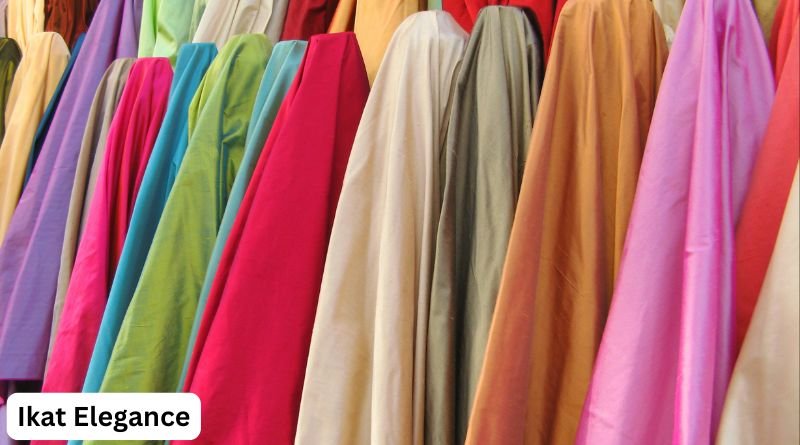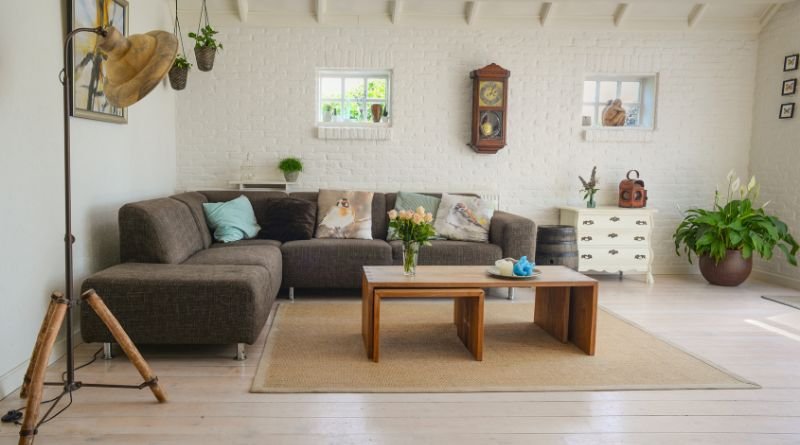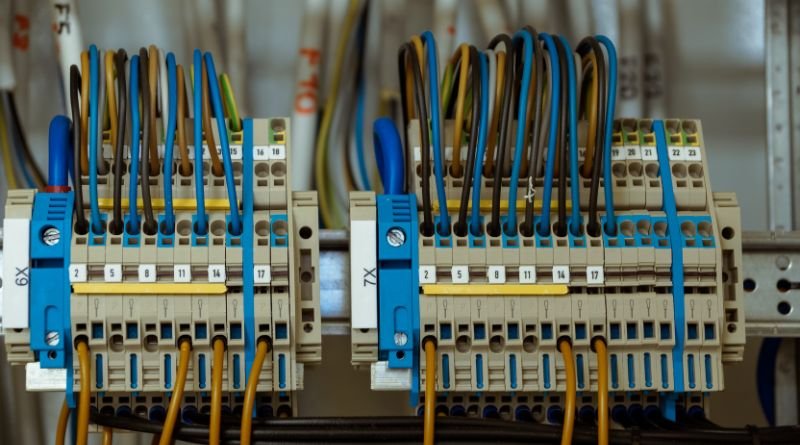Wall cladding is an architectural feature that serves both functional and aesthetic purposes, becoming increasingly popular in modern construction and renovation projects. Whether you’re looking to enhance the appearance of your home or improve its durability and insulation, wall cladding can be an excellent solution. This article delves into the various types, benefits, installation methods, and maintenance of wall cladding, providing a thorough understanding of its significance in contemporary design.
What is Wall Cladding?
Wall cladding refers to the application of one material over another to provide a skin or layer that can improve aesthetics, insulation, and weather resistance. It is used in both interior and exterior applications and can be constructed from various materials, including wood, metal, stone, brick, and composite materials. Wall cladding can transform a dull and plain wall into a visually striking surface, offering limitless design possibilities. Additionally, it can play a crucial role in enhancing a building’s energy efficiency, protecting it from the elements, and minimizing maintenance costs.
Types of Wall Cladding Materials
Understanding the different types of wall cladding materials is essential when selecting the right option for your project. Each material comes with its own set of advantages and disadvantages, making it crucial to consider factors such as climate, design, budget, and personal preference.
1. Wood Cladding
Wood cladding is a classic choice that offers warmth and natural beauty. It can be sourced from a variety of trees, including cedar, redwood, and pine, each offering distinct characteristics. Wood cladding can be installed in several styles, such as vertical or horizontal planks, shingles, or panels. While it provides excellent insulation and is environmentally friendly, it requires regular maintenance to prevent rot, pests, and weathering.
2. Metal Cladding
Metal cladding is known for its sleek, modern appearance and durability. It is often made from aluminum, steel, or zinc and can be finished in various colors and textures. Metal cladding is resistant to fire, rot, and pests, making it an excellent choice for regions with extreme weather conditions. Additionally, it requires minimal maintenance compared to wood. However, metal cladding can be prone to denting and may require insulation to prevent heat transfer.
3. Stone Cladding
Stone cladding provides a timeless and luxurious look that can elevate the appearance of any structure. It can be made from natural stones like granite, limestone, or slate or from manufactured stone veneer. This type of cladding offers excellent durability and can withstand harsh weather conditions. While it is more expensive than other materials, its long lifespan and low maintenance requirements can make it a worthwhile investment. The primary drawback is its weight, which may require additional structural support.
4. Brick Cladding
Brick cladding is a classic choice that combines durability with aesthetic appeal. It offers excellent insulation and is fire-resistant, making it a popular option for residential and commercial buildings. Brick can be installed in various patterns and styles, allowing for creative designs. However, installation can be labor-intensive, and while brick is low-maintenance, it may require occasional cleaning to remove stains and moss.
5. Composite Cladding
Composite cladding is made from a combination of materials, such as wood fibers and plastic. This innovative solution provides the aesthetic appeal of wood while offering enhanced durability and low maintenance. Composite cladding is resistant to rot, insects, and fading, making it a practical choice for homeowners looking for a long-lasting option. However, it can be more expensive than traditional wood, and its installation may require specialized tools and techniques.
Benefits of Wall Cladding
Wall cladding offers numerous benefits that make it an attractive option for homeowners and builders alike. Understanding these advantages can help you appreciate the importance of cladding in modern architecture.
1. Enhanced Aesthetic Appeal
One of the primary reasons homeowners choose wall cladding is the significant improvement in aesthetic appeal. With a variety of materials, colors, and textures available, wall cladding can completely transform the look of a building. Whether you prefer a rustic wooden finish, a sleek metal design, or a sophisticated stone look, there is a cladding material to suit every style.
2. Increased Property Value
Investing in wall cladding can increase the value of your property. A well-designed exterior can attract potential buyers and create a positive first impression. Additionally, high-quality materials can signal to buyers that the home has been well-maintained, further enhancing its marketability.
3. Improved Insulation
Wall cladding can significantly improve a building’s insulation, leading to lower energy costs and a more comfortable living environment. Insulated cladding systems can reduce heat loss in the winter and keep homes cooler in the summer, ultimately leading to significant savings on heating and cooling bills.
4. Weather Protection
Cladding acts as a protective barrier against the elements, shielding the underlying structure from rain, wind, snow, and UV rays. This protection can prolong the lifespan of a building and minimize maintenance needs. Properly installed cladding can prevent moisture intrusion, which can lead to mold and structural damage.
5. Low Maintenance Requirements
Many wall cladding materials require minimal maintenance, making them an attractive choice for busy homeowners. While wood cladding may need periodic staining or sealing, materials like metal and composite often require just occasional cleaning to maintain their appearance.
Installation of Wall Cladding
The installation process of wall cladding varies depending on the chosen material and the design of the building. However, there are common steps that most installations follow:
1. Preparation
Before installation begins, the wall surface must be prepared. This includes removing any old materials, cleaning the surface, and repairing any damage. Additionally, ensuring that the structure is properly insulated and weatherproofed is essential for the longevity of the cladding.
2. Framework
For many cladding types, a framework of battens or furring strips is installed over the existing wall. This framework provides a secure base for the cladding and allows for ventilation, which is crucial for preventing moisture buildup.
3. Installation of Cladding Panels
Cladding panels are then attached to the framework, following the manufacturer’s guidelines. This may involve using nails, screws, or clips, depending on the material. It is essential to ensure that each panel is installed level and securely fastened.
4. Finishing Touches
Once the cladding is installed, finishing touches such as trim, corner pieces, and sealants may be applied. These details enhance the overall appearance and improve the weather resistance of the installation.
Maintenance of Wall Cladding
Maintaining wall cladding is crucial for preserving its appearance and functionality. While many materials require minimal upkeep, periodic inspections and care can prevent significant issues:
1. Regular Cleaning
Cleaning the cladding periodically is essential for removing dirt, grime, and mold. For materials like metal and composite, a simple wash with soap and water is often sufficient. Wood may require more specialized cleaners, while stone and brick might need pressure washing to remove stubborn stains.
2. Inspect for Damage
Regularly inspect the cladding for any signs of damage, such as cracks, warping, or loose panels. Addressing these issues promptly can prevent further deterioration and costly repairs.
3. Reapply Sealants and Finishes
Wood cladding often requires periodic sealing or staining to protect against moisture and UV damage. Similarly, some composite materials may benefit from protective coatings. Always follow the manufacturer’s recommendations regarding maintenance schedules.
4. Address Moisture Issues
Pay attention to areas where moisture may accumulate, such as around windows, doors, and gutters. Ensuring proper drainage and addressing leaks promptly can prevent moisture intrusion and damage to the underlying structure.
Conclusion
Wall cladding is a versatile and valuable addition to modern architecture, offering numerous benefits in terms of aesthetics, insulation, and durability. With a variety of materials available, homeowners can choose a cladding option that meets their design preferences and functional needs. Proper installation and maintenance are crucial for maximizing the lifespan of wall cladding, ensuring that it continues to enhance the appearance and value of a property for years to come. Whether you’re renovating an existing structure or building anew, considering wall cladding can lead to impressive results that elevate both style and functionality.
Read also: check




